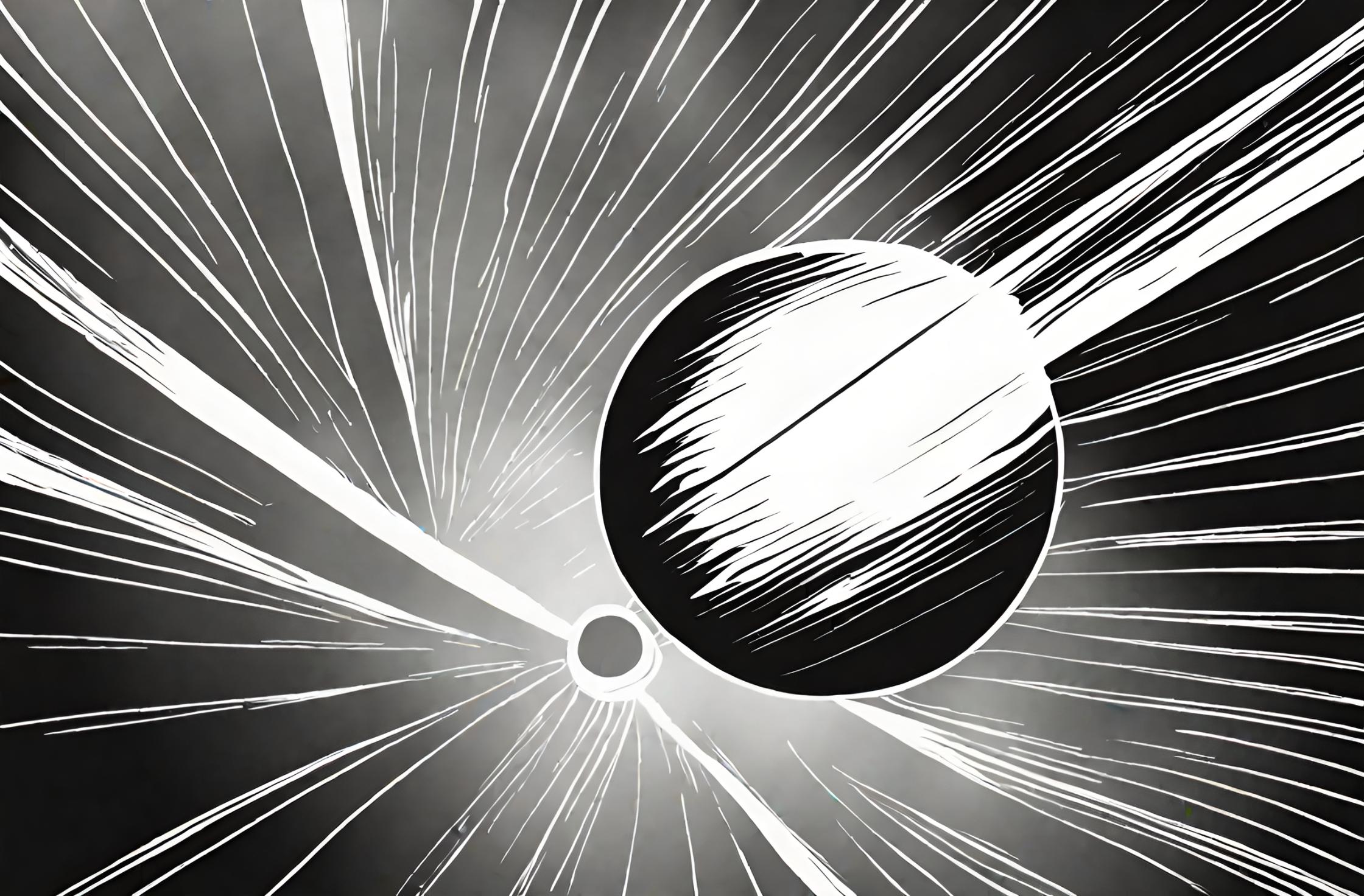Flashback to February 7
American History

On 2/7/2001, a remarkable event occurred in our solar system that left scientists and astronomers in awe. A comet plunged into the Sun, creating a spectacular display of celestial fireworks that captured the attention of people worldwide. This rare event provided valuable insights into the composition and behavior of comets, as well as expanding our understanding of the Sun itself.
Comets are icy bodies that originate from the outer reaches of our solar system. They are made up of a mixture of rock, dust, water ice, and various organic compounds. The trajectory of comets typically takes them on a long elliptical orbit around the Sun, with close encounters resulting in the dramatic display of a tail made up of gas and dust.
The comet that plunged into the Sun on 2/7/2001 was no exception. It had been observed by several space-based and ground-based telescopes before its final descent. Scientists named the comet C/2001 J1 NEAT, and its journey towards the Sun attracted a lot of attention in the scientific community.
Theories surrounding the fate of a comet when it gets too close to the Sun have been debated for centuries. Some believed that comets would vaporize upon approaching the intense heat and radiation, while others thought that they would survive, possibly losing a significant portion of their mass in the process.
The event itself was captured by NASA’s Solar and Heliospheric Observatory (SOHO) spacecraft, which has been instrumental in studying the Sun and its surroundings. Images from SOHO revealed a bright burst of light and a trail of debris as the comet made its final approach into the Sun.
Scientists used the data collected from this rare event to study the composition of the comet and its interaction with the Sun’s atmosphere. One surprising finding was the presence of heavy elements, such as iron and nickel, in the comet’s tail. This was unexpected as comets are generally thought to be composed primarily of lighter elements.
The impact of the comet also provided researchers with valuable information about the Sun’s magnetic field. As the comet approached the Sun, the strong gravitational forces exerted by our star caused it to break apart, creating a stream of debris. Observations of this debris allowed scientists to study the Sun’s magnetic field and its influence on the surrounding space.
This event also highlighted the importance of space-based observatories in studying celestial phenomena. Instruments like SOHO provide unique vantage points and close-up views of the Sun, enabling scientists to observe events like comet impacts firsthand. Without such capabilities, our understanding of the Sun and its interactions with other celestial bodies would be limited.
the comet plunge into the Sun on 2/7/2001 was a rare and remarkable event that provided valuable insights into the composition of comets and the behavior of the Sun. By studying the debris and analyzing the data collected from this event, scientists were able to expand our knowledge of the solar system. Discoveries like these demonstrate the importance of continued space exploration and the invaluable role of technology in unraveling the mysteries of the universe.
We strive for accuracy. If you see something that doesn't look right, click here to contact us!
Sponsored Content

A comet plunges into…
On 2/7/2001, a remarkable…

A flag is authorized…
On February 7, 1936,…

Gen. Dwight D. Eisenhower…
On February 7, 1948,…

Federal troops occupy Jacksonville,…
On February 7, 1864,…

